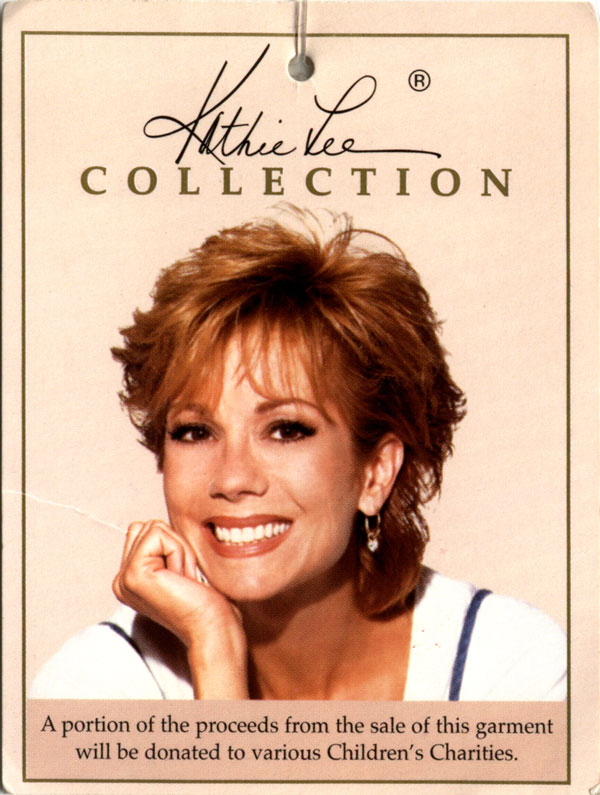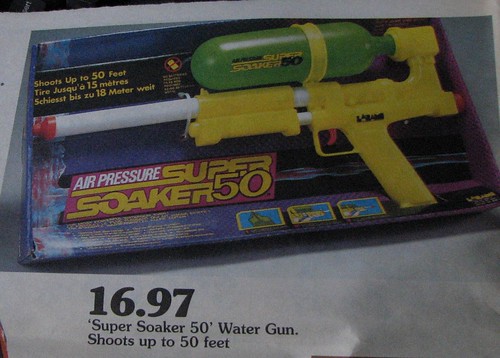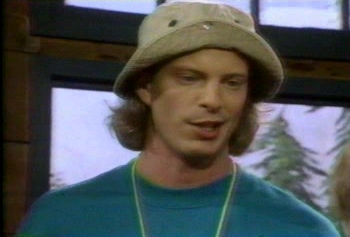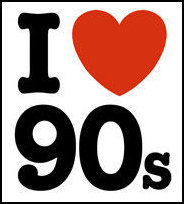
At this point, The Simpsons has been on the air so long it's difficult to remember it was once a fledgling enterprise; at this point its presence has become so ubiquitous it's pretty much just one long unending stretch of syndication and reruns. While now the show holds court as the longest-running sitcom, at the time of its debut in 1989 the notion of a adult-targeted animated television series had many critics scoffing. After all, cartoons are for kids. If you're going to make a show for grown-ups, why not cast it as a live-action series with real actors? It just didn't add up.
Matt Groening and friends were clearly onto something, though, based on not only the incomparable longevity of the series but also judging from the innumerable grown-up animated shows that spawned in its wake. Although the show's main target audience was adults, many family-focused groups took issue with the allegedly poor behavioral example the show espoused. Bart became an easy target for outrage as critics spoke out against his irreverence and misbehavior met with little to no discipline. For those of us out there relying on television to parent our children, this was bad news indeed.
The Simpson family made their television debut as a short on the Tracy Ullman show in 1987, featuring parents Homer and Marge, children Bart and Lisa, and baby Maggie. The animation was crude and the voices were rough around the edges, but the show's initial concept has remained largely untouched since its premiere. Groening named the characters after his own family members, replacing his own name with Bart, an anagram for "brat." Aside from some tinkering with the Lisa character, the characters America met in these late-80s shorts remain largely frozen in time.
Their audience, of course, has aged considerably, but there's something reassuring about the sameness and reset-button quality of unchanging television. Aside from the quality of the writing, that is. You can't stay hip and irreverent forever, though The Simpsons held onto their satirical credibility for an impressive run. Quantity and quality are always difficult factors to balance, and quantity usually emerges victorious in the end. Regardless, the show deserves credit for its incredible perseverance in the face of lagging ratings. As long as Dan Castellanetta is still there interpreting the scripts' "annoyed grunt" as "D'oh!", there will be a considerable group of people willing to to tune in.
In an amazing feat of faithfulness, the original 1987 cast still provides voices for today's shows. After 21 seasons, these voice actors have established some pretty cushy job security.We can't chalk it all up to rah-rah solidarity and deep commitment to art, though; the almighty dollar played a pretty major role in their extensive retention. At $400,000 an episode for reading off of a script in the comfort of a sound studio, it's seems like a tough offer to refuse. In defense of their exorbitant paychecks, the voice actors employed by The Simpsons are indeed talented and multifaceted. Observe, a clip from the cast's appearance on Behind the Actor's Studio:
Like any good merchandising machine, the show introduced a number of catch phrases into the modern vernacular. They could hardly print the slogan-emblazoned t-shirts fast enough. Bart's signature "Ay Caramba!" "Don't Have a Cow, Man" and the ever-popular "Eat my Shorts" caught on quickly. Some American schools banned Simpsons apparel on the basis of its rebelliousness and in-your-face anti-authority attitude. There's nothing like tv-driven neologisms to really bring out the censor in our humorless figures of minor authority.
The Simpsons established a number of well-known and easily recognizable hallmarks throughout its run. The show's writers specifically chose the town name of Springfield as the basis of a long-running gag, concealing the city's location and giving vague misleading clues about the Simpsons' home state. The opening sequence also features Bart in full old-school punishment mode, forced to write "I will not ______________" or some such reprimand 100 times over on the classroom blackboard.
The show was no stranger to controversy, embracing its role from an early date as a source of social commentary and tongue-in-cheek satirical digs. The Simpsons has caught flack from a variety of sources, including the Rio de Janeiro tourism board for an episode which they claim depicted Brazil as a crime-ridden, pest-infested hellhole. The elder Bush president also stirred things up in 1992, declaring in an address to the National Religious Broadcasters convention that "This nation needs to be closer to the Waltons than the Simpsons." In typical Simpsons fashion, creator Matt Groening shot back, "Hey, the Simpsons are just like the Waltons. Both families are praying for an end of the Depression." Burn.
Perhaps no contemporary show has embraced the celebrity cameo and guest star role to the gratuitous extent of The Simpsons. Some celebrities had ongoing gigs with The Simpsons playing recurring fictional characters, such as Phil Hartman, Jon Lovitz, and Kelsey Grammar. Others, like Michael Jackson and Mel Brooks, made memorable one-time appearances. The show actually holds the Guiness Book of World Records title for "Most Celebrities Featured on an Animated Series." Who knew such a thing existed, but it's apparently a valid claim to fame. It just goes to show, if you get specific enough with your criteria, we can all be bragging-rights worthy record holders someday. Someday.
It's far from high art, but The Simpsons has had more than its fair share of influence over the last 20-odd years. It doesn't hold quite the level of impact on social commentary as it did during its popularity heyday, but the show's persistence in the media marketplace is admirable. So long as Bart is still out there serving as a bad role model for children and imploring us to eat his shorts, The Simpsons will remain a pervasive element of pop culture in our society. in And hey, when that's over and done with, there's always syndicated reruns. So many, many reruns.
























